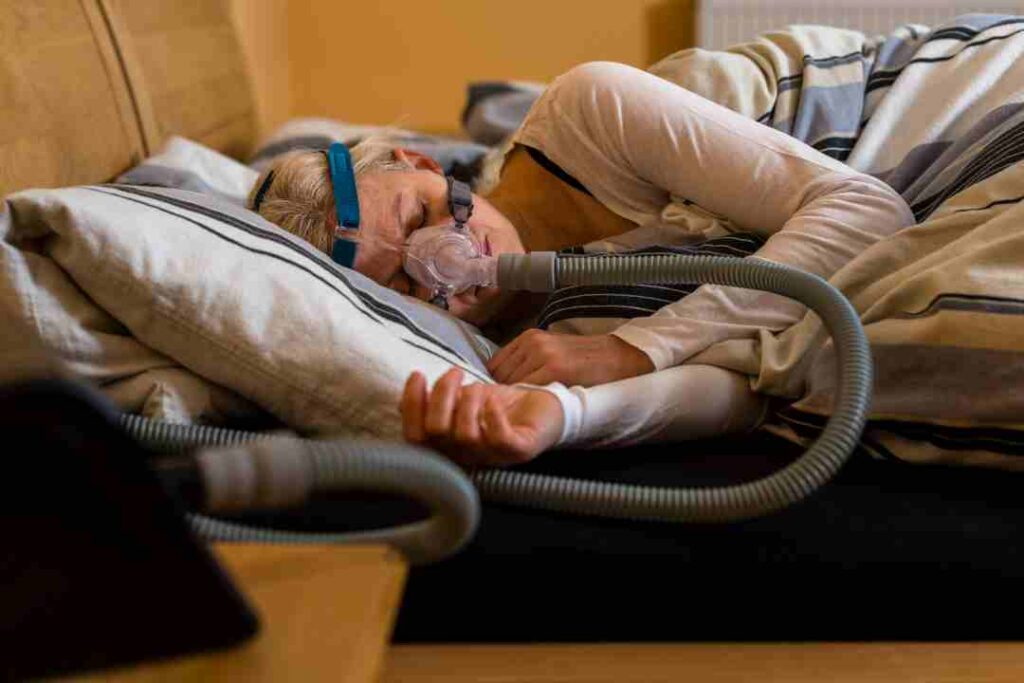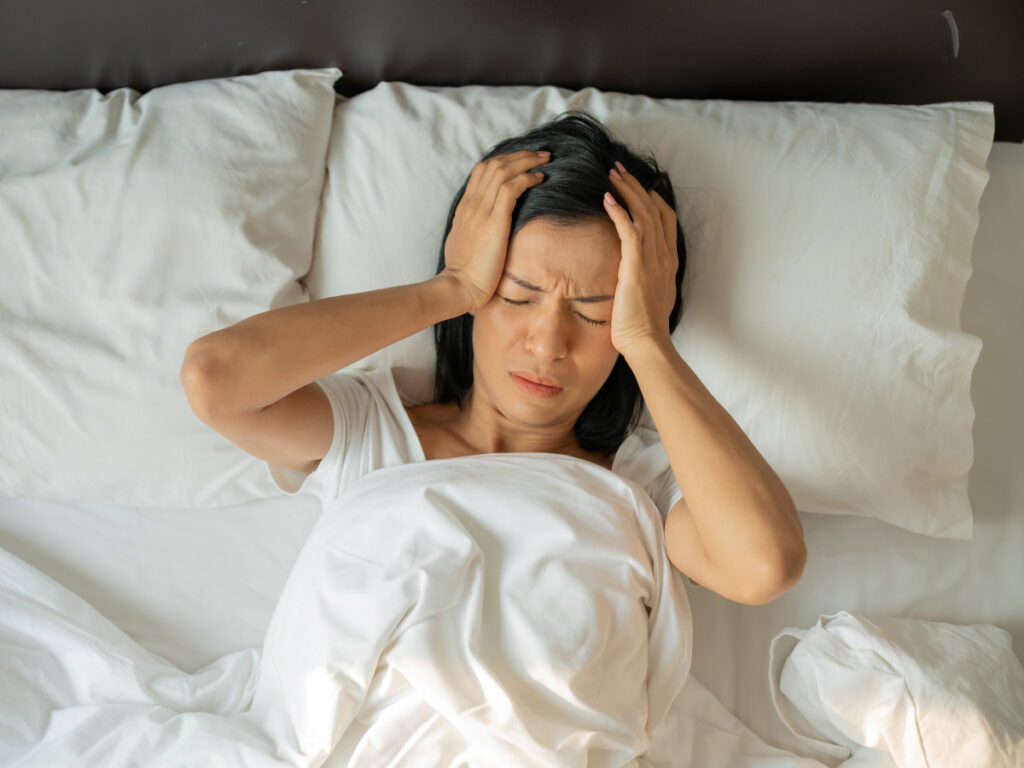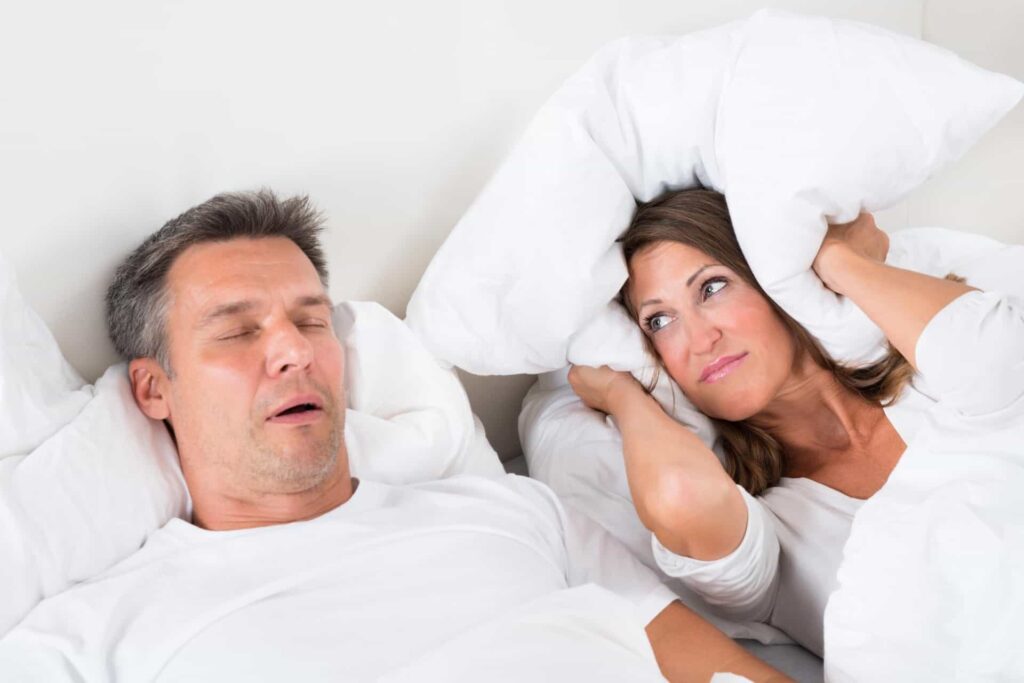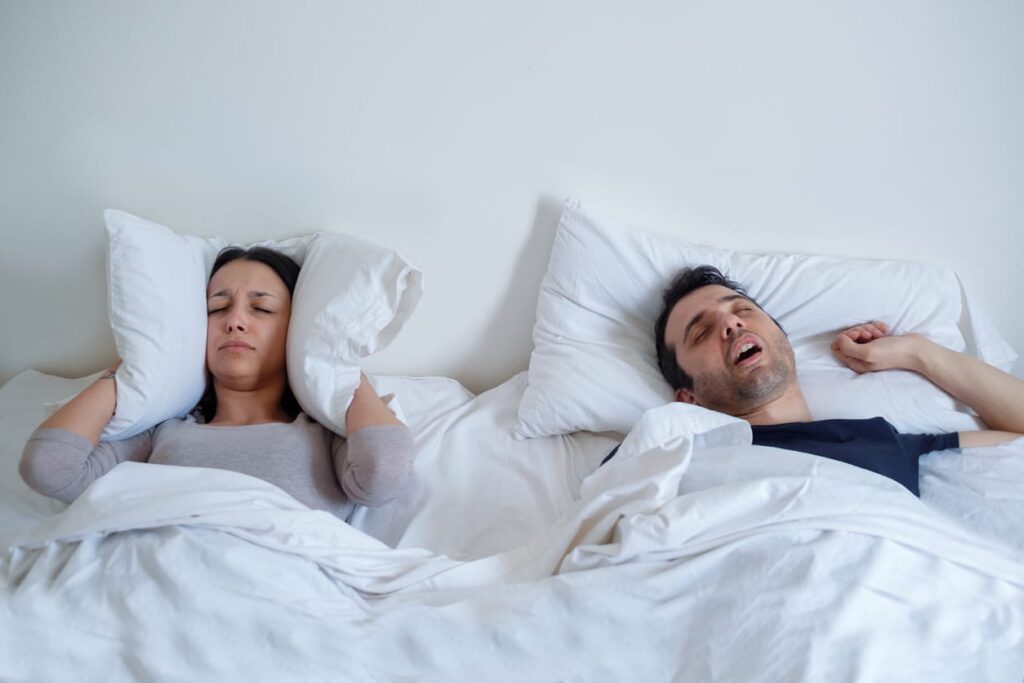The Impact of Sleep Apnea on Day-to-Day Life and Productivity
Sleep apnea is a common sleep disorder that affects millions of people around the world. It can have a significant impact on both day-to-day life and productivity. Understanding sleep apnea and its consequences is essential for those who suffer from it as well as for those around them. In this article, we will explore the …
The Impact of Sleep Apnea on Day-to-Day Life and Productivity Read More »





